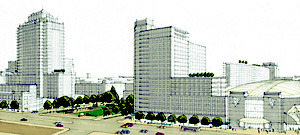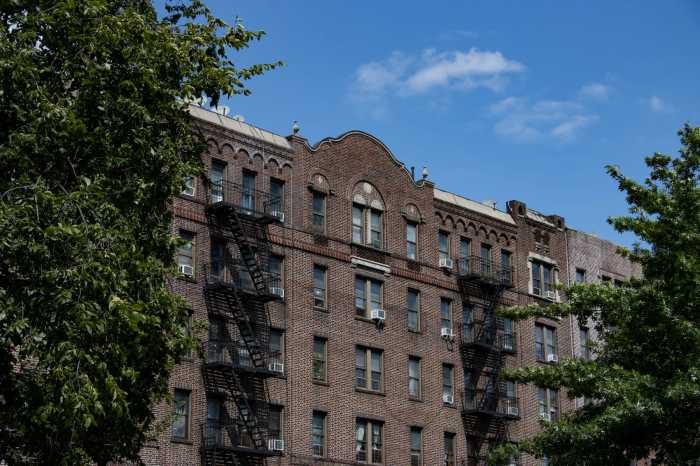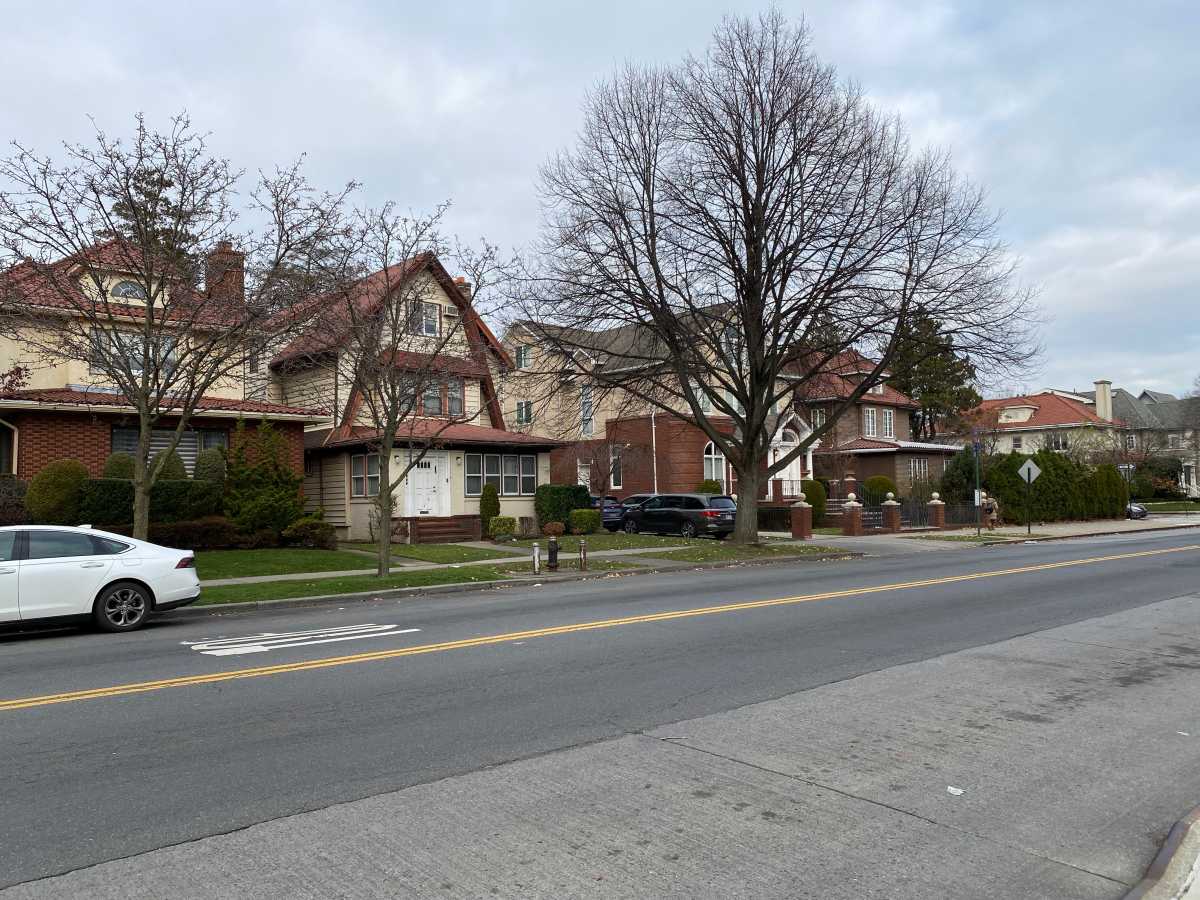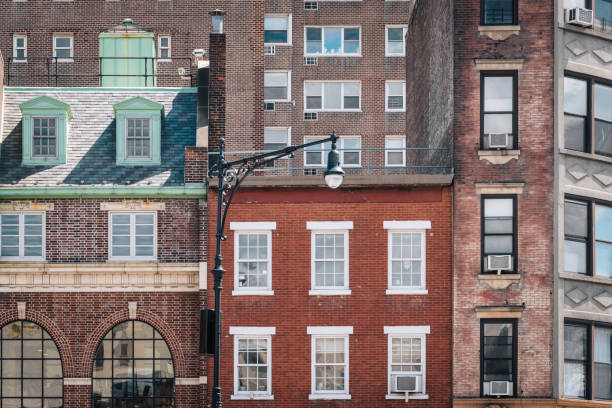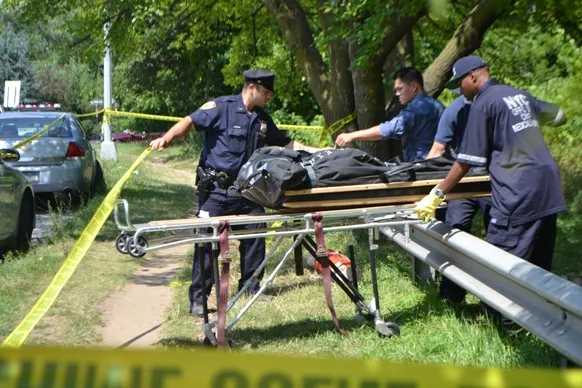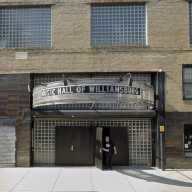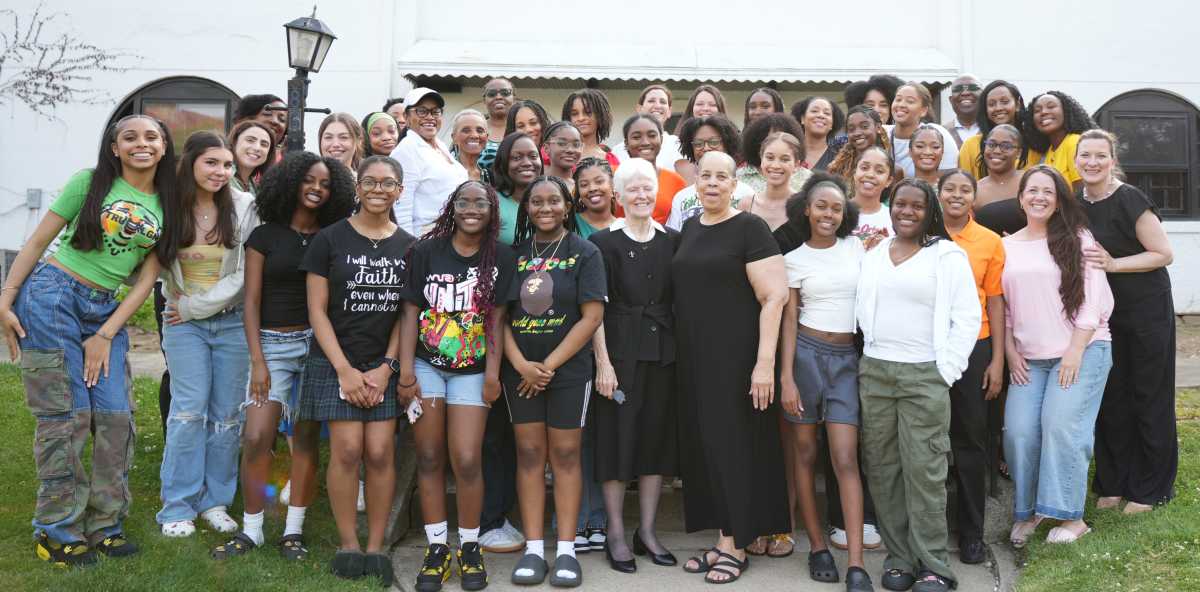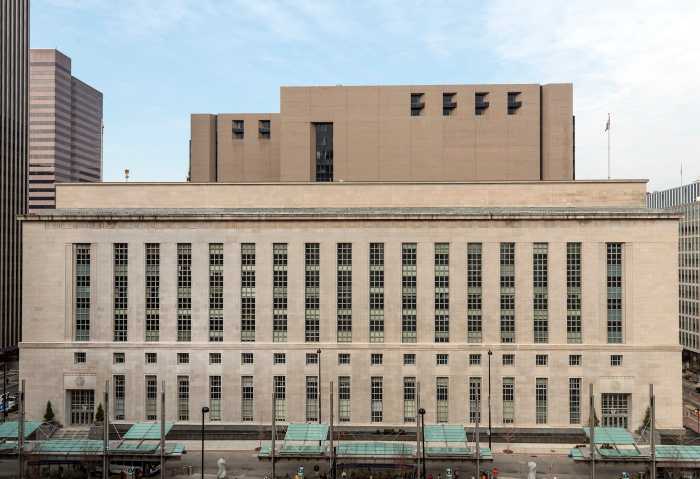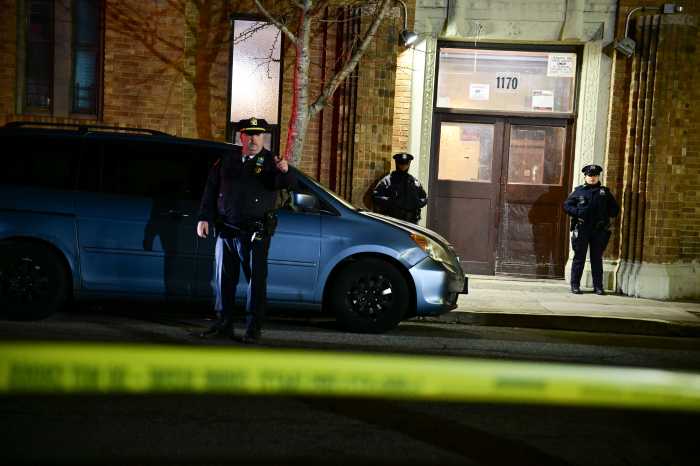Update: See breaking story.
A two-month, City Council–financed study found that the environmental impact study of Atlantic Yards is flawed — but not flawed enough to merit a halt in the project.
The Council of Brooklyn Neighborhoods’ long-awaited $230,000 study found that the DEIS contains “errors [that] incorrectly describe the size and location of the proposed project,” George Janes, executive director of the Environmental Simulation Center, wrote in the study, which was delived to the Empire State Development Corporation just as the state’s public-comment period for Atlantic Yards ended on Friday.
In the end, the CBN, a coalition of 28 local civic groups, merely called for a more “accurate” study of the impacts of the 22-acre project, but did not find enough substantive flaws to call for the DEIS to be scrapped.
Janes did echo the concern of many opponents by questioning the legitimacy of a DEIS claim that the proposed 18,000-seat arena and 14,410-resident development would have no impact on police, fire, and emergency services in 2010 and 2016.
“The DEIS does not include any evidence to substantiate these claims, except for a letter from the New York City police commissioner,” the 300-page study said, revealing that the population within a 3/4-mile radius of the project is already 22 percent higher than the figure used in the DEIS.
Some of the errors Janes spotted in the DEIS appeared somewhat comical, such as cloudy skies in some “before” photos of the project site that were suddenly imbued with sunshine in the “after” simulations.
Janes also told the ESDC that flora within Ratner’s seven-acre public space would die as a result of not enough sunlight.
“You may wish [Forest City Ratner] support assertions regarding plant selection and survival,” Janes wrote.
Meanwhile, a different coalition of affordable housing advocates, civic leaders and city planners released its demands that the project shrink by 33 percent to 50 percent, yet include more affordable housing.
The new coalition, called Brooklyn Speaks, supports working with Ratner to improve the project on the belief that opponents are being marginalized, even though they are right about the project’s adverse affect on neighboring Prospect Heights and Fort Greene.
“If we continue to say we don’t want to see this project at all, we could be left with no opportunity to mitigate its environmental impacts,” said Brooklyn Speaks member Michelle de la Uz, executive director of the Fifth Avenue Committee.
In addition to cuts in the project’s overall size, Brooklyn Speaks also advised the city to keep Pacific Street and Fifth Avenue open, instead of de-mapping the streets around the proposed arena.
“The Municipal Arts Society sees a way this project could work, if significant changes are made,” said Jasper Goldman, a spokesman for the prominent, Manhattan-based planning organization.
The board of the ESDC is expected to approve the project soon. After that, the project will seek its final approval from the Public Authorities Control Board, the same three-man panel that killed the proposed Jets stadium on the West Side of Manhattan last year.
Meanwhile, one Brooklyn architect has come up with a way of bridging the gap between Forest City Ratner and its opponents.
Douglas Hamilton, an architect with 20 years of experience in urban design, took Frank Gehry’s vision for the mega-project and created a “middle ground plan.”
Hamilton calls it the “Pacific Plan.”
“I don’t want to see [the project] scrapped,” Hamilton said. “I think it has a lot of positive elements.”
But, he added, a bunch of “poor design decisions” have created a finished product that “turns its back on making connections with the neighborhood.”
“It’s as if you’re drawing a knife down the middle of Dean Street,” he said.
And unlike Ratner’s “scorched earth” proposal, Hamilton’s would not require eminent domain.
Hamilton sent his “Pacific Plan” (including the rendering, below left) to the Empire State Development Corporation as part of his testimony on the Atlantic Yards project.


